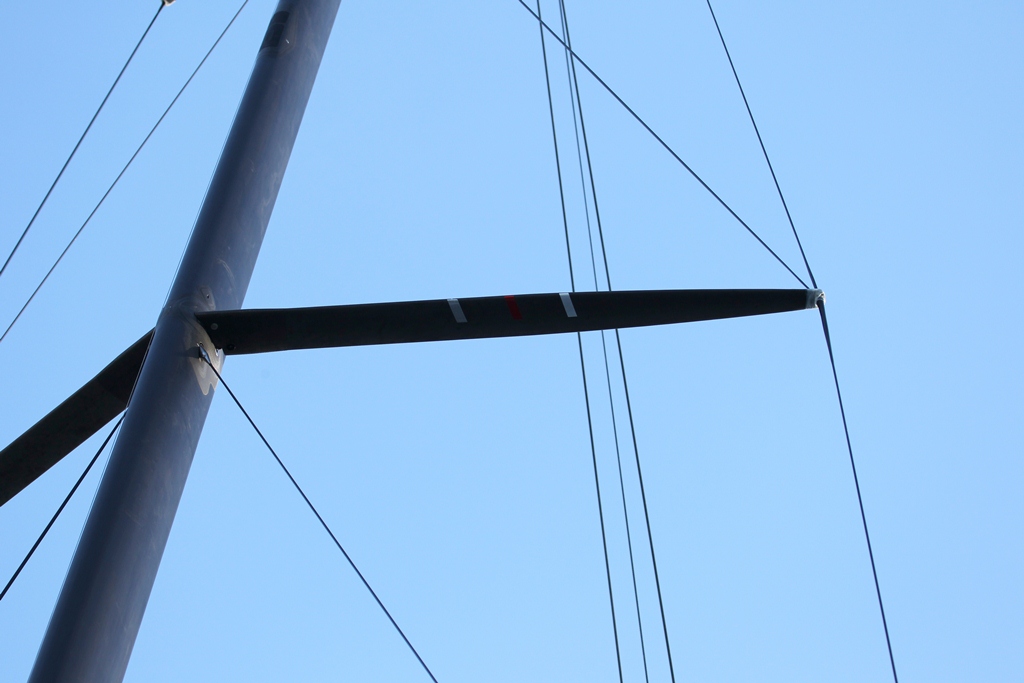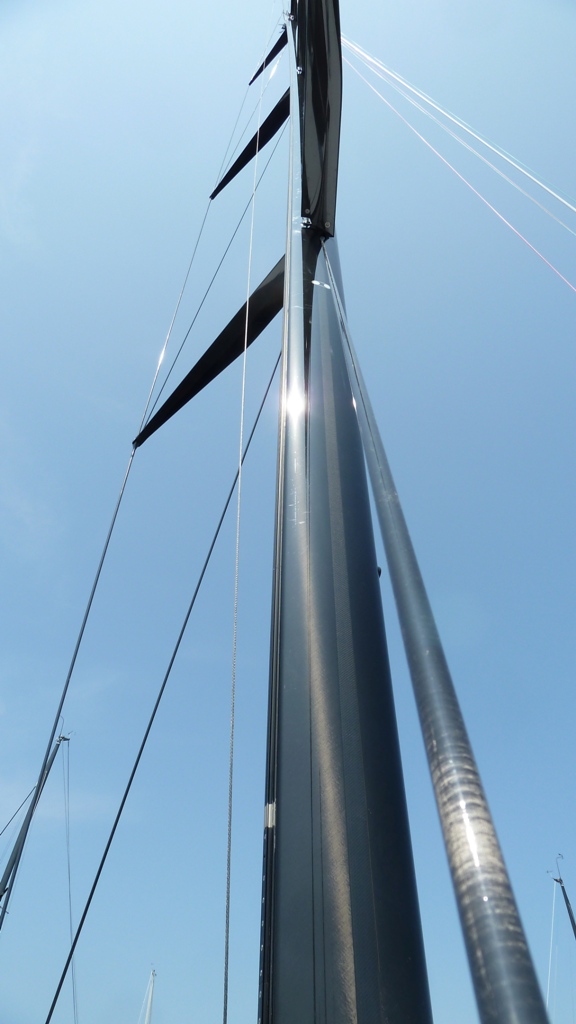What is the Appeal of Carbon Rigging and Why has it Become More Popular with Yachts of All Sizes?
What is the Appeal of Carbon Rigging and Why has it Become More Popular with Yachts of All Sizes?
 Published 10 September 2015
Published 10 September 2015
 Published 10 September 2015
Published 10 September 2015
In the past 5 years we have seen the carbon rigging retrofits carried out in Palma increase dramatically. Typically a retrofit project where rod is replaced with carbon rigging is between two and three times the price of replacing the old rod with new. So what is the appeal of carbon rigging and why has it become more popular with yachts of all sizes?

By replacing rod standing rigging with composite cables we are able to remove not only the weight of the rods but also the tip cups and all the associated hardware that is also stainless steel and extremely heavy. A composite cable package can feasibly weigh in at 20% of the equivalent in rod. This makes a huge difference to the righting moment of the boat making it stiffer and more powerful and therefore dramatically changing the sailing performance of the yacht.

With the removal of the tip cups we can also reduce the size of the spreaders; once again saving weight and creating a more aerodynamic shape with lower windage that is aesthetically more pleasing. However, the advantages are not only realised when sailing as due to the reduction in weight aloft the boat will handle differently when motoring with less pitching in a seaway and less rolling when at anchor. There are a few downsides to the composite revolution; the possibility of damage or chafe due to contact with loaded lines or halyards that could result in the cable having to be re-braided, the initial costs when changing from rod and the fact that you need to be a bit more vigilant and carry out inspections a little more frequently. However with most composite rigging manufacturers now agreeing that cables will last at least eight years and that only the metal hardware needs to be replaced every four years it becomes easier to understand why more and more boats are starting to look harder at the options. For further information or enquiries for all your ropes and rigging, please contact info@rsb-rigging.com
-
FEATURED
ARTICLESRead our other news stories to keep up-to-date with RSB and our projects
-
Load Testing FAQs
READ MORE
-
Demand for RSB Continues to Grow in USA
READ MORE
-
Restepping Panthalassa
READ MORE
-
All about rigs
READ MORE
-
Load Testing and Heavy Lifting
READ MORE

